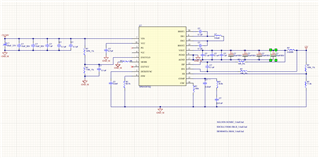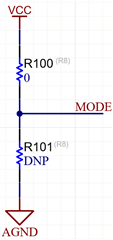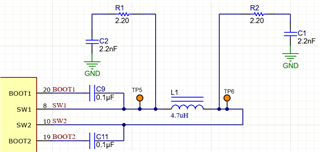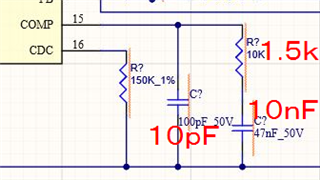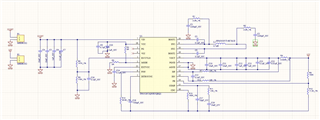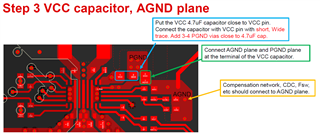Tool/software:
Hello Experts,
I am going to use TPS552872Q IC as my Buck Boost Converter in my BMS project, following are the preset values:
Input Voltage Range = 09 - 32V
Output Fixed voltage = 12V
Max Output Current = 2A
Switching Frequency = 300kHz
Efficiency = 98%
Enable voltage = above 1.2V
In Auto PFM mode
Kindly verify the Schematics and let me know
